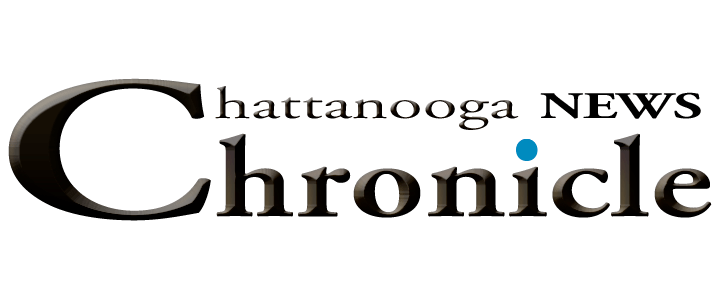
In the United States, September is both National Children’s Cancer Awareness Month and National Sickle Cell Awareness Month.
While campaigns raise awareness for these life-threatening diseases, a stark issue deserves attention: the significant disparity in matching donors for lifesaving blood stem cell or marrow transplants, based on ethnic background.
Tissue types, which are inherited and unique to individuals, are essential for successful transplants. According to Be The Match, a nonprofit organization dedicated to facilitating life-saving transplants, patients are most likely to find a matching donor within their own ethnic ancestry or background.
This discrepancy in tissue types becomes a pressing concern for Black or African American patients, who are less likely to find a matching donor than patients of other ethnicities.

Statistics reveal a startling disparity: while a white individual has a 79% chance of finding a suitable donor, a Black or African American patient faces only a 29% likelihood of discovering a match. This discrepancy underscores the urgent need for increased diversity in the national blood stem cell and marrow registry.
Be The Match is addressing the crucial health disparity in blood cancer and blood disease outcomes for Black and African American patients.
Erica Jensen, senior vice president of Member Engagement, Enrollment, and Experience at Be The Match, emphasizes the organization’s commitment to equality in donor matching.
“We believe every patient deserves an equal chance of finding a matching donor on the Be The Match Registry,” she states. “Many people don’t know that ethnicity is a factor in finding a matching donor, and more Black donors are needed to help save Black patients. We have powerful blood stem cells in our bodies that naturally replenish themselves, and donating these cells can literally cure someone of cancer.”
To further its mission, Be The Match encourages individuals between the ages of 18 to 40 to register online by visiting BeTheMatchBLK.org/cheek-week. Registrants receive a convenient cheek swab kit by mail, simplifying the registration process. Registry members are contacted for further testing only if they are identified as potential matches for patients in need.
The University of Tennessee at Chattanooga football team recently joined forces with Be The Match and the Andy Talley Bone Marrow Foundation to host an on-campus donor recruitment drive.
To educate college students about the life-saving potential of blood stem cell or bone marrow transplants, the Mocs football student-athletes dedicated themselves to the “Get in the Game. Save a Life.” initiative. Their efforts were impressive, resulting in 200 members of the campus community being added to the national registry.
“We are very thankful for the opportunity to bring awareness to the ‘Get in the Game, Save a Life’ program,” said Head Coach Rusty Wright. “Also, we’re very appreciative of (UTC Director of Football Operations) Emily Baustert taking a leadership role in our involvement.”
The Mocs football team has partnered with Be The Match since 2011, adding 1,189 people to the registry and saving 9 lives through stem cell or bone marrow donations.
Every year, about 12,000 people in the United States are diagnosed with life-threatening blood cancers or diseases, such as sickle cell, for which a blood stem cell transplant from an unrelated donor is their best or only hope for a cure. These transplants can treat over 75 diseases, including leukemia, lymphoma, aplastic anemia and immune deficiency disorders.
Be The Match account manager Amanda Cooley, whose territory includes Tennessee and North Carolina, points out a crucial fact: 70% of these patients lack a fully matched donor within their family and rely on organizations like Be The Match to find unrelated donors.
A family’s love for their child sparked the mission of Be The Match. When their daughter Laura was diagnosed with leukemia in 1979, Robert and Sherry Graves embarked on an unconventional journey, agreeing to the first-ever bone marrow transplant from an unrelated donor for a leukemia patient. Laura’s successful bone marrow transplant inspired her family to champion the cause of saving other lives. With the support of doctors, Congress, and the U.S. Navy, they established the National Bone Marrow Donor Registry.

